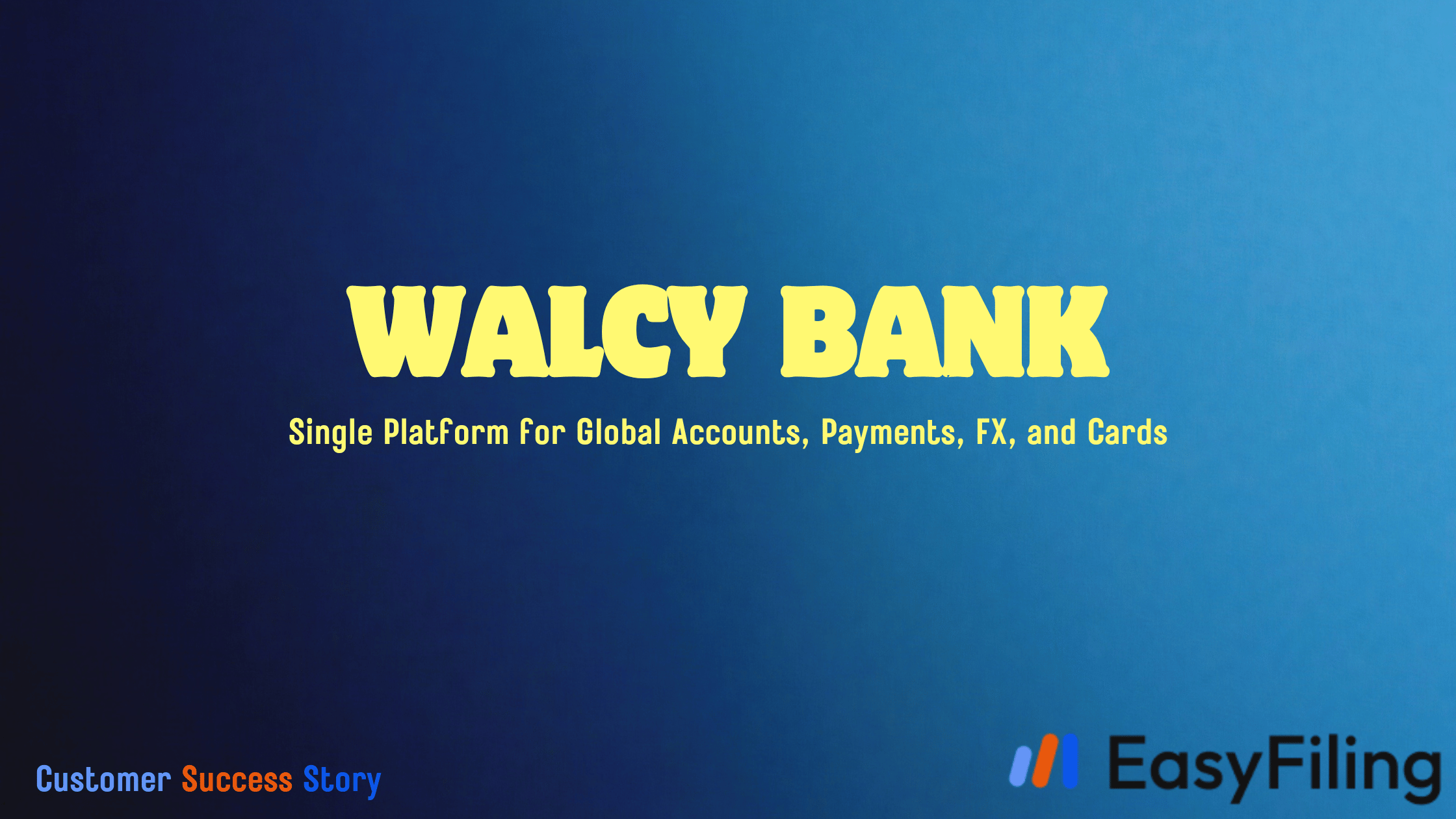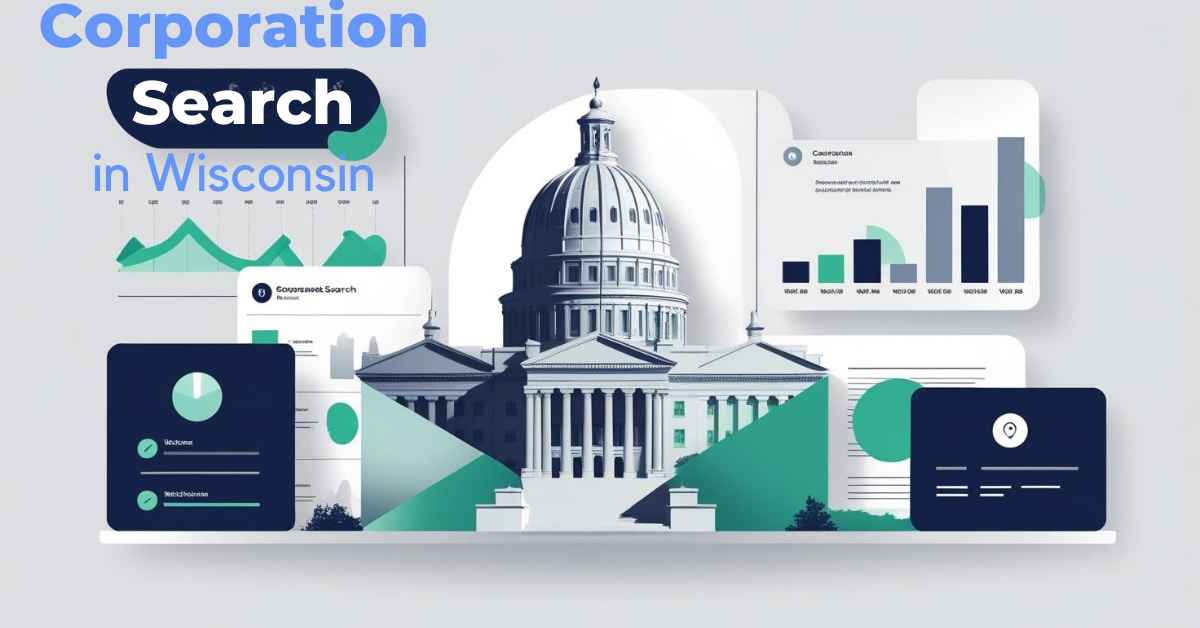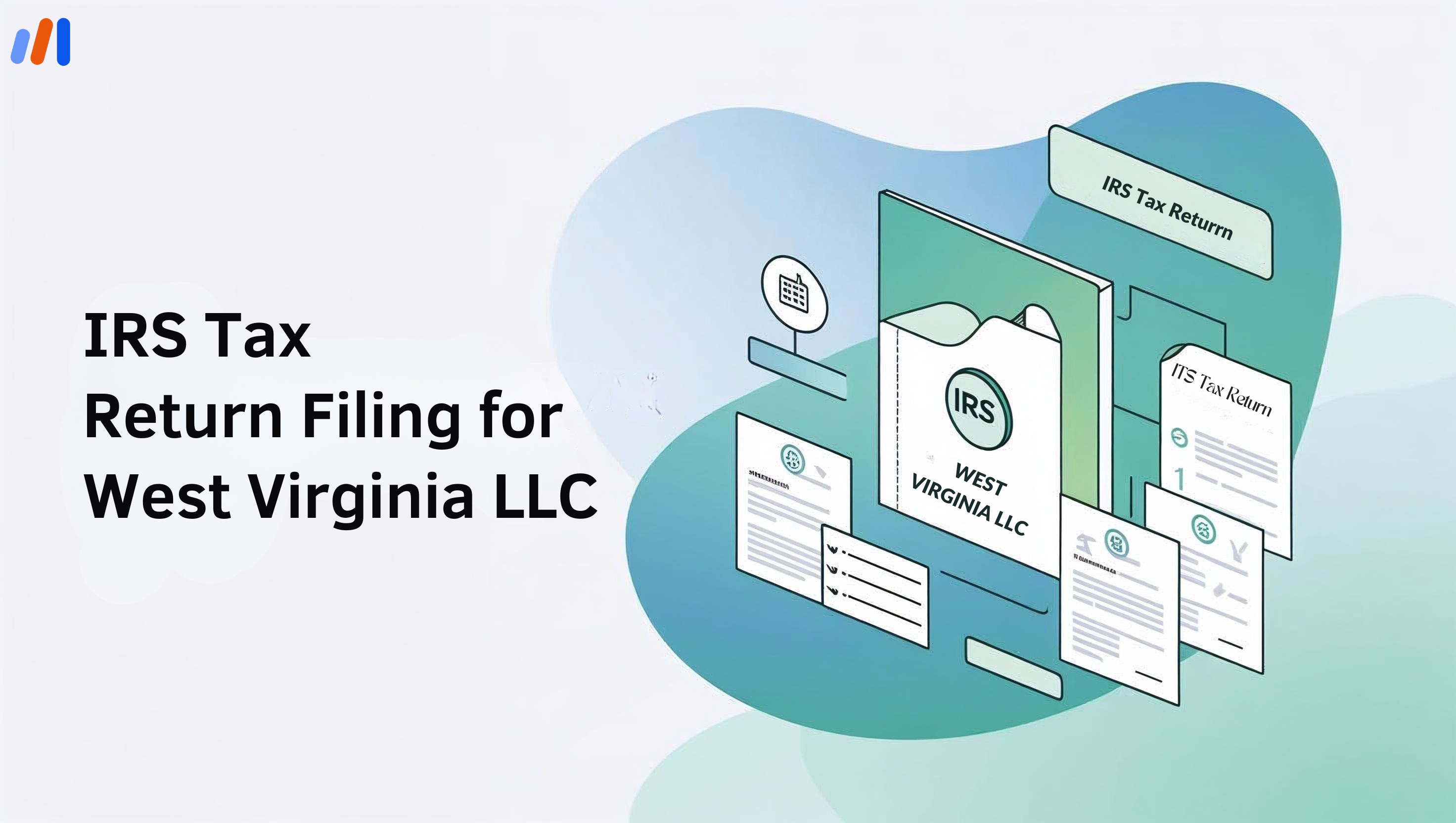Establishing or growing an LLC tends to call for considerable financial input; hence it can be critical to know the several funding sources that are likely to benefit the business in the long run and enhance the growth of your LLC. Below are five key methods that you can use to finance your LLC in 2025, each method having its peculiar benefits and drawbacks:
Before addressing the available means of closing, let’s address the company funding checklists:
Company Funding Checklist
Receiving funding is a fundamental milestone for any company especially if that company seeks to expand and be successful. Expansion is made possible with the capital raised lack of which makes the business model unacceptable to most investors.
This detailed checklist is intended to help you successfully achieve the critical stage of acquiring funding, from preparations to securing funding so that you do not leave any allowance.
1. Business Plan
Executive Summary: This is a summary of your business that you hope stands to be the most persuasive. It consists of your mission, vision, and value proposition where all your USPs in comparison with your competition are presented.
Company Description: It provides the background of your target company (history of establishment, birth story, people related to the business, hierarchy, and operational patterns). This section should give the reader a transparent image of who you are.
Market Analysis: A detailed investigation that indicates the market for your product, the market’s needs, and in-depth observations of the existing competition. This is instrumental in showcasing how best one’s market opportunity or potential.
Marketing and Sales Strategy: What is your Going-to-Market strategy? Explain how you would drive and grow the customer base by tapping on the brand, advertising channels, and sales approaches. Explain how you plan to convert these people into customers as well.
Operational Plan: Practical picture of the business processes daily including how production is done and stored as well as the movement of goods. This helps in making sure that operational activities are in line with the set objectives.
Financial Projections: Forecasts of revenue, expenditure, and profitability over a specific time frame which is usually three to five years ahead. This should include detailed assumptions and scenario analyses to demonstrate financial robustness.
2. Legal Documents
Incorporation Documents: Ensure that all the papers related to the registration of your business are complete and current with ownership and organization.
Operating Agreements/Bylaws: Documents that contain the rules of the company, stakeholders and other people, structures of the organization, and the decision-making processes of the company.
Licenses and Permits: Also, ensure that you have done everything necessary to be allowed to conduct business in your industry, from local to federal markets.
Intellectual Property Documentation: Patents, trademarks, and copyrights that comprise the unique characteristics of your products or services. This section should justify your competitive edge and, protect your innovations.
3. Financial Documentation
Income Statements: Statements relevant to the earnings distribution of the company concerning the revenue, expense, and profits for a duration of time and represent the business’s health and efficiency.
Balance Sheets: Present a detailed overview of assets, liabilities, and shareholders’ equity and assess financial strength and liquidity.
Cash Flow Statements: Provide an analysis of cash inflow and cash outflow in your enterprise which provides a focus on the control of cash.
Tax Returns: Support the need for recent tax documents to help build business confidence and conform to the requirements of conducting business in various regions.
4. Pitch Deck
Introduction: Brief in content but catchy and informative pitch for a company that sets the stage for what the investors should expect.
Problem and Solution: In this section, describe the major focus of your company in addressing a particular problem as well as the innovative way in which you intend to do it, including the market opportunity and your opportunity.
Product/Service Showcase: Promote the program by underscoring the importance and functions of the product and use photographs as supporting evidence.
Traction and Milestones: Give a snapshot of any traction already accomplished including but not limited to several users, partnerships, or revenue figures.
Financials: Some of the items mentioned in the financial section include KPIs, growth plans for the next few years, and what amount and set of conditions will be required.
Team: In this section, some individuals are to be introduced with some reasonable detail on who they are including their role in impacting the strategic ambitions of the company.
Use of Funds: Give a full elaboration of what the injected capital is going to achieve in terms of aligning with growth targets and investors’ interests.
5. Due Diligence Materials
Customer Contracts: Copies of contracts with important clients, showing the potential of future revenue and demand to the company.
Supplier Agreements: Illustrates key supplier relationships with adverse consequences exposure documentation for appropriate supply chain management stability and resource reliability.
Debt Information: Information regarding any debt/liability as well as deal structure and payment obligations to make these liabilities effective.
Employee Agreements: These are special contracts reserved for key personnel with a focus on employee retention, and management of talent.
6. Investor Relations
Investor List: They concentrate on making a database of the present investors from the company who have relevant industry experience that is geared towards advancing the company.
Communication Plan: Come up with a plan that offers updates and other communications with investors mostly regularly to enhance the provision of such information.
Networking Events: Participate in relevant investors and industry-focused events to build a network, gather information, and promote oneself.
7. Risk Assessment
SWOT Analysis: Find out the internal and external factors that facilitate achieving the objectives and how far you can succeed by looking out for problems.
Contingency Plans: Write a strategic plan that guides any potential challenges that may be encountered to enhance management effectiveness.
5 Ways to Raise Funds for Your LLC

1. Initial Capital and Family Financing
Putting up your own money is usually the first thing that you will do in the process of financing your LLC. This strategy helps you get some assurance from the potential investors and lenders on the viability of the business since you are not in it half-heartedly.
If you do have that kind of money then consider your relatives and friends who share your vision and wish to help you. Any written agreements will remedy this in the future well if the people should be related or close to you.
Key Considerations:
Pros: You have complete ownership of your company, and control which also shows how dedicated and confident you are in your business idea.
Cons: You may incur a loss on the capital invested, and if you borrow money from family and friends and things do not turn out well you may lose those relationships.
2. Equity Crowdfunding
These recent years have seen the development of equity crowdfunding as an alternative popular approach for the early stage and small businesses to acquire funding. Kickstarter, Indiegogo, SeedInvest, and similar sites allow you not only to tell people about your business but also to solicit minor investments in exchange for shares of your business idea. This procedure can help you secure a broad range of investors while avoiding the inconvenience of going through the usual credit assessment processes.
Key Considerations:
Pros: It is possible to reach a wide range of people who may be interested in ending your money and the downside of these processes is that the normal credit process is bypassed which is helpful to new business people.
Cons: For this method to work people have to be ready to make a good proposal and invest quite a lot of money for the investors to pay attention. It may also slightly increase the cost of doing business for the firm as equity may be diluted at any time in exchange for investments.
3. Government Grants
These development grants offered by most governments in the world today have gained a share increasing popularity. These funds are in a way considered free since they should not be returned, however, it is important to note that most of the time these grants may be very hard to qualify for. It would also enhance the reputation of your business once you can win a government grant which is always seen as a stamp of approval in the industry.
Key Considerations:
Pros: These grant schemes are favorable as they do not require repayment of any sort. Granting of funds may also positively influence the standing of your business and attract favorable investors and customers.
Cons: Nonetheless, those who often do nothing may be overwhelmed by the competitive nature of completing the request, furthermore. Granting of funds is usually fund stipulations or opt restrictions that limit some aspects of one’s business venture.
4. Commercial Bank Business Loan
In the continued search for adequate funding, traditional institutions such as banks and financial institutions are still sought after by businesses that need vast amounts of capital. When it comes to the financing of your LLC business, business loans are a good option but require legal documentation to include a business plan, good credit history, and security for the loan in some cases.
Key Considerations:
Pros: Large capital amounts are available to you and further the process to access the funds has been individually trusted by owners for a long.
Cons: Another disadvantage is that before you are given a loan, you must have good credit, and also submit collateral and capacity to pay interests that are charged every regular period which may accumulate to an untenable number in the long run affecting cash flow.
5. Institutional Investors
As with angel investors, venture capitalists are looking for businesses that can grow quickly and are ready to take some risks for a high return on the investment. These institutional investors could also help with significant financial resources as well as good business advisory and interconnection tools.
Key Considerations:
Pros: Investments from institutional investors provide large amounts of capital and access to a broad business network. Most of them come with professional mentorship as well as supervision to ensure that the business grows.
Cons: They may want an outsized portion of the stockholders’ equity thereby diminishing the level of equity owned in the business. Also, they come with very high standard levels in business performance and expansion that will put you to targets that are quite high.
Funding Considerations After Your Company Receives Capital

Obtaining financing is indeed a significant event for every enterprise. However, as it may seem contrary, that is not what the real work is all about. Here are key considerations to use the capital you have received wisely and carefully.
1. Financial Planning and Approbation
Prepare an Itemized Budget: Show how the funds will be divided among the different units or programs that they will be responsible for. These cover the staff costs, the advertisement campaigns, the product amounts, building rental, and the costs associated with administration.
Monitor Cash Flow: Monitor impending liquidity issues by closely following cash inflows and outflows. Change these forecasts regularly, so they match reality as best as possible.
2. Operational Scaling
Hire Strategically: The capital should be utilized in hiring people with the skills or competencies that are lacking in your existing team. Target the positions that assist in growth and innovation.
Infrastructure Investment: Enhancements to resources and technologies should be done to accommodate the raised levels of operation and the demands of the clientele.
3. Product Development
Accelerate Development: Use some of the profits to seek out further improvements to your products in a short period or launch other new products. Take care of the needs of the market and the customers’ opinions.
Quality Assurance: Made sure that the customers are satisfied to a point where there are very few or non-existent complaints or returns.
4. Marketing and Sales
Enhance Visibility: Reserve some of the budget for advertising efforts that are geared towards acquiring customers as well as enhancing brand visibility. Such as but not limited to internet marketing, public relations, and partnerships.
Sales Team Expansion: Enhance the sales personnel by adding people with experience in how to penetrate new markets and increase the number of sales.
5. Customer Experience
Improve User Support: Allocate more finances towards the satisfaction of the clients that enable them to reach the desired level of satisfaction without wastage of their time.
Gather Feedback: Feedback from customers on the products and the services availed to them can be collected using surveys or by directly interacting with the customers.
6. Economic and Regulatory Environment
Cause to Comply: Ensure that the company adheres to any industry regulations and standards. This is likely to involve paying for legal advice or compliance officers.
Risk Management: Establish any risk that exists and seek ways and means to counter that risk.
7. Performance Metrics
Define KPIs: Define to what extent the funding provided will impact the overall business by developing tangible key performance indicators. Measure and record these data regularly.
Adjust Strategies: Be flexible even as you have detailed strategies to cut the jaws of competition by influencing the established market forces.
8. Stakeholder Communication
Report, Report, and Report: Show updates to investors and stakeholders on the operational and administrative changes that affect the financial performance.
Build Relationships: Engage with stakeholders to build trust and ensure ongoing support.
How could it affect the organization if the company funds are misused
When it comes to company funds, a careless or foolish approach can lead to serious issues for a business. Here are some consequences that may arise:
Financial Loss: There is a possibility that, due to mismanagement, the revenues can be reduced, the expenditures increased resulting in more debts, or worst case scenario, bankrupting the enterprise completely. If resources are mismanaged, a company may find itself unable to service operational needs, thus becoming encapsulated in a negative financial cycle.
Legal Issues: There can be repercussions for misappropriating funds which can include being sued, being fined, and/or receiving criminal charges. Regulatory authorities have zero tolerance when it comes to financial crime, and so, companies are likely to be fined much money which will dent their profits across directors.
Loss of Trust: When it comes to the company, investors, employees, and customers are probably stakeholders who may become disheartened and thus have no trust in the leaders and the state of the company. It is very unfortunate that trust once lost or betrayed is difficult to regain and will harm relations and business regarding the prospects.
Damage to Reputation: Damaging media attention can hurt the reputation of the organization making it hard to safeguard its future customers as well as funds. Public relations professionals acknowledge and treat the damage to an organization’s reputation as an issue and improving a bad reputation can take years.
Operational Disruptions: A dearth of capital can impede the movement and work of the entity hence causing opportunity costs, low output, and ultimately laying off some staff members. A business may risk losing workers and/or not delivering products and services to the client without sufficient funds.
To prevent such issues, companies should:
Follow Strong Financial Controls: This entails periodic assessments, proper working procedures, and grouping of functions. In case there are accepted practices in doing things then there will be proper accountability and minimization of chances in making mistakes or taking risks.
Provide Adequate Training: Make sure that staff knows how they should handle finances and the possible implications of improper use. Staff Education might help them better understand operational requirements, the best methods for doing so, and the necessity for ethical business conduct.
Encourage Ethical Behavior: Promote integrity in the organization through the encouragement of ethical behavior, companies can ensure that employees take ownership of the financial viability of the company.
Have a Clear Corporate Governance Structure: This means having a board of directors who supervise the finances and activities of the company. A clear governance structure can provide direction and perspective, enabling financial operations to be in line with the objectives of the organization.
Am I allowed to ask for the next funding after I have finished the previous one?
Yes, there, you can after a previous round is finished, apply for extra funds. This is particularly true for quite several funding scenarios where dollop industries that are at the expansion stage require more capital.
But of course, this is not without some caveats to deviate:
Results and Outcomes: Funders will usually and only consider further financing a funder who is already in receipt of the previous one to show proof of progress. They will look for proof that the money was put to good use and formed part of the project to be worked on.
Funding Terms: Typically, your first funding agreement will have language concerning the next rounds of financing. Such provisions could be, amongst other things, certain conditions, a timetable, or even preemptive rights for certain existing investors.
Market Conditions: The circumstances of funds and how easy or difficult it is to get them can be affected by internal and external economic situations. In a strong market with positive sentiments, it is easier to get more investment.
Your Business Plan: Attracting investors demands a focused set of operational goals and a rundown of how the extra capital will be used, which is why a good and attractive investment plan is necessary.
Conclusion
Fundraising for your LLC in 2025 will depend on how realistic you will be about your business needs and how practical each of the alternatives presents its pros and cons. Personal investment, crowdfunding, getting support from government sources, borrowing loans, or getting from institutions, whatever the method is, there is always one that will fit a certain business model.
Such options deserve further research and the better one that is congruent with the relevant goals of the relevant organization should be the one taken.
Lastly, if you haven’t yet formed your LLC, contact Easyfiling today and get your LLC registered. Book a free consultancy right now and start your entrepreneurial journey.
File Your LLC Today
25$ off with a coupon
Lock in EasyFiling's transparent rates and get lifetime compliance support at no extra cost.
Get Started Now







